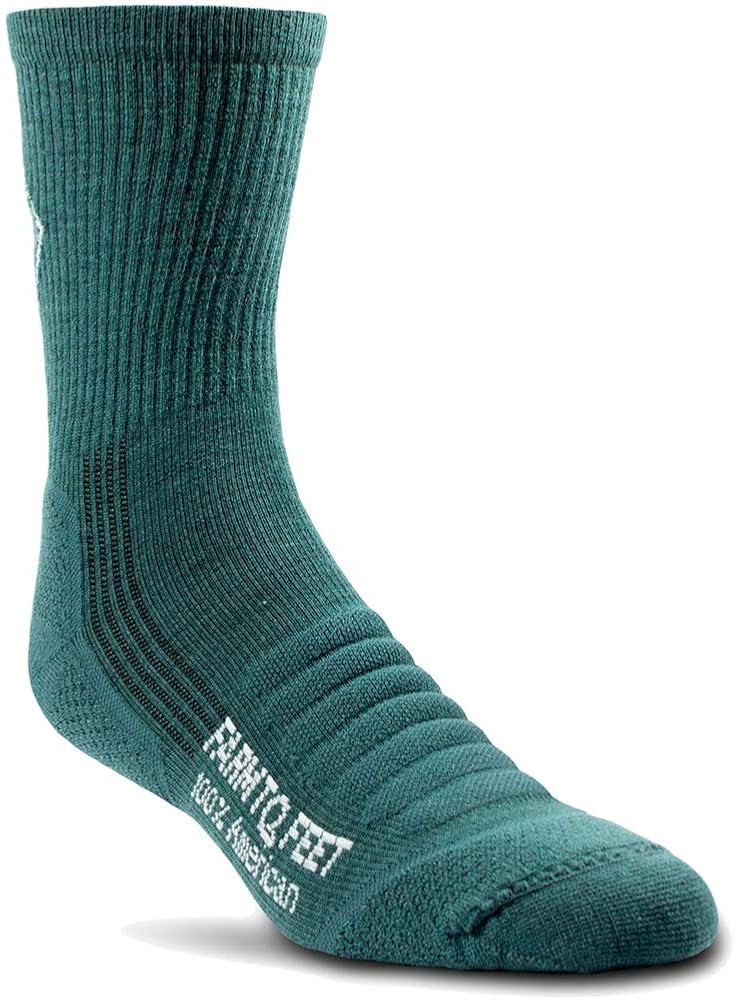A couple weeks ago I rode out to Fitness Fanatics bike shop with the goal of riding some super-light carbon and titanium racing bikes. All of my bikes are made of steel, have leather saddles, and they all shift with older style shifting. I love my bikes, but I’ve wanted to try riding a modern racing bike for quite a while.
The first bike I rode was a 2008 Cervélo R3SL. The “SL” means “super light.” And the Cervélo people mean it. The bike weighed 14 pounds. I’ve not weighed any of my bikes but my guess is that my lightest bike is probably about twice as heavy as the Cervélo. Talking to Robin, the owner of Fitness Fanatics, it’s clear that the weight of the bike is the primary concern for most of her customers. The Cervélo is the lightest bike in the shop and it doesn’t come cheap. It was $6000, marked down to $5100 to make room for the 2009 model, which costs about $7500 and ships with SRAM Red components. The 2008 model that I rode has Dura Ace components, which are Shimano’s highest-end component racing group.
I was expecting to enjoy riding the Cervélo and I wasn’t disappointed. The two things that struck me right from the start were how quick the bike accelerated and how amazingly precise the shifting was.
Certainly, the weight of the bike helped me to get up to speed quicker than I’m used to, but I think the lack of flex in the frame may also have played a part. I like the flexiness of standard diameter steel tubing on the bikes that I normally ride. I especially appreciate the lively feedback of steel when standing and climbing hills. The Cervélo, with its stiff and large diameter carbon tubing, did not have this flex that I’ve grown accustomed to. The stiffness was not uncomfortable or undesirable; it just required a slightly different rhythm in how I pedaled through the stroke and applied power. I think the frame’s stiffness may have contributed to how the Cervélo seemed to accelerate so much quicker than the bikes I’m used to riding.
As for shifting, I’ve only tried modern shifting bikes on short “parking lot rides.” The Cervélo, like nearly all road bikes sold today, is sold with shifters that are integrated into the brake levers. This set-up makes changing gears really convenient, and in the case where you’re shifting the top-of-the-line Dura Ace components, the shifting is just spot on and crisp. It’s very impressive.
And the precision encouraged me to shift more. I rode the Cervélo about 5 miles and I shifted at least twice as much as I normally would. It’s interesting to think how having such convenient shifting might change how I ride. For example, on slight inclines, I quickly shifted down to a lower gear. Normally, I don’t shift for small and short hills. Thinking on it, this change in my shifting behavior may be more attributed to the different “rhythm” that the stiffer frame encourages than the ease of the shifting offered by the Dura Ace components.
The second bike I rode was a titanium bike, a 2008 Litespeed Archon. It too was shod in Dura Ace components. The Litespeed normally retails for $7600, but it’s on sale for $7300. I asked Morgan, the head mechanic, why someone would buy a more expensive titanium bike, since it weighs a bit more than the Cervélo that was $2000 cheaper. He told me that people who are looking for their “final” road bike tend to buy the titanium bikes. The thinking is that titanium is light and durable, that it will last much longer than a comparable carbon bike. So then, is carbon more prone to failure? According to both Morgan and Robin, the strength and durability of carbon has vastly improved over the last decade or so, but if you wreck on a carbon bike and dent or deeply scratch the tubing, carbon can fail.
I couldn’t detect much of a difference in the “feel” of how the Litespeed rode. I was wondering if the titanium would feel different than the carbon. They both felt much stiffer than my bikes, but they didn’t feel different than each other. Additionally, both the Cervélo and the Litespeed had super narrow tires pumped up so they were rock hard. There’s just no bike that can make riding tires like that comfortable. But the point of these bikes is not comfort: it’s speed.
Riding these bikes is fun in the same way perhaps that driving a Ferrari would be fun. It’s neat to operate a machine that is optimized for speed and performance. But I felt as though I was never able to “keep up” with the bikes. They were way more bike that I am ready for. They seemed wasted on my non-racer physique and fitness level: sort of like being forced to drive the Ferrari through a perpetual school zone. But for ultra-fit riders that race or just want speed, these bikes will really let them fly.
John Speare grew up and lives in Spokane. He rides his bike everywhere. Check out his blog athttp://cyclingspokane.blogspot.com.













